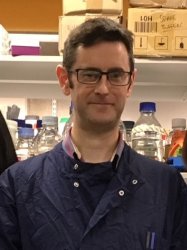BibTex format
@article{Edwards:2011:10.3791/2693,
author = {Edwards, AM and Massey, RC},
doi = {10.3791/2693},
journal = {Journal of Visualized Experiments},
pages = {1--4},
title = {Invasion of human cells by a bacterial pathogen},
url = {http://dx.doi.org/10.3791/2693},
volume = {49},
year = {2011}
}

